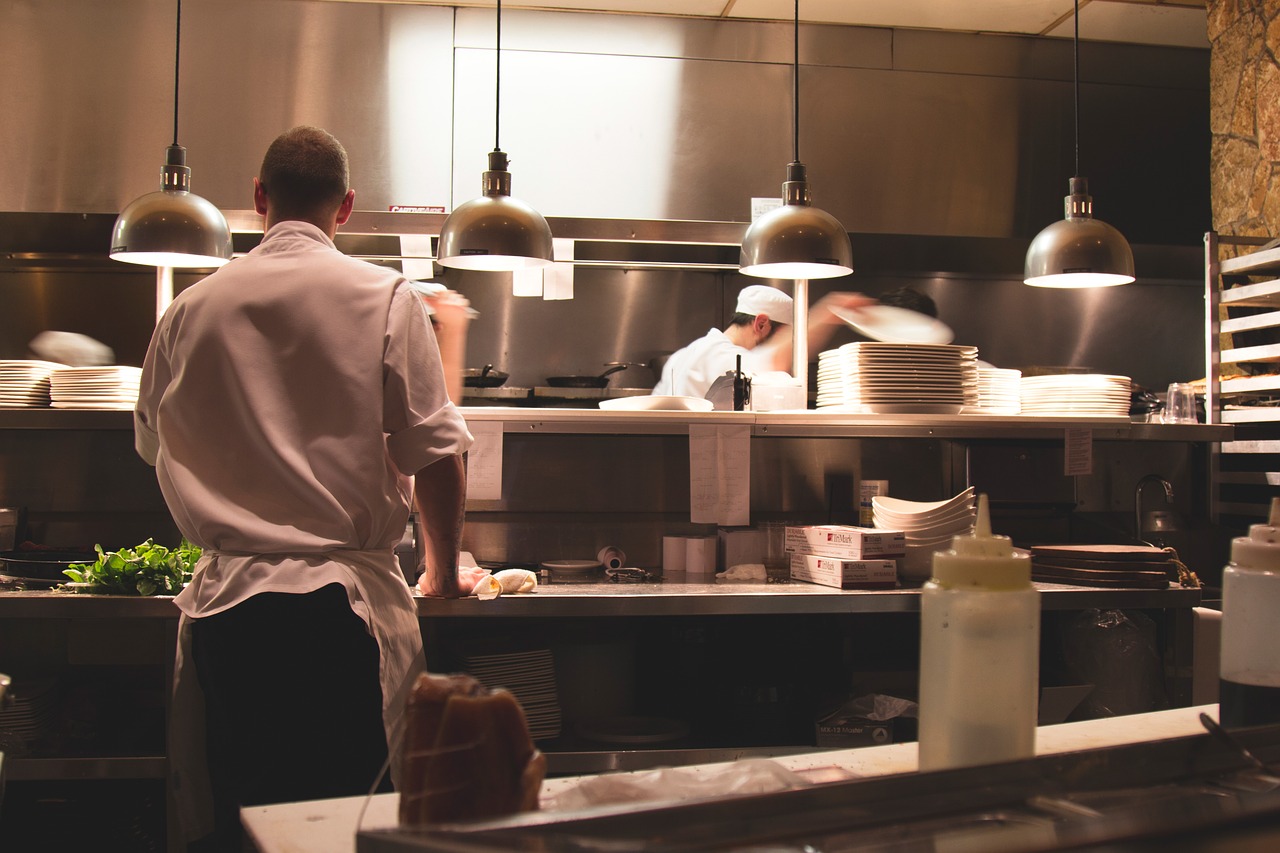A restaurant kitchen model may seem like a typical setup to any naked eye. You have your orders coming in, whereas line cooks prepare one dish at a time for servers or online deliveries.
However, in actuality, there are different types of restaurant kitchens alongside specific optimization techniques to get the best out of your entire business operation.
We will look at 3 main restaurant kitchen types and the most efficient way to optimize them for maximum output.
- Fast Casual Kitchens with Heavy Takeout
These kitchens hail from name-brand restaurants operating online in the vast majority. ‘The Daily Creative Co. (*Florida, US) & Sweet Green restaurant are prime examples of such kitchen category.
These kitchens are not only part of the restaurant business itself, but they also prepare food for takeout and online delivery purposes.
To meet their daily order quota, the kitchens have an integrated KDS (Kitchen Display System) that reroutes all the orders from the customers to the concerned chef. This way, the chefs get automated notifications on the overhead KDS beforehand whenever there are large orders to fulfill.
- Fast Casual Assembly Line Kitchens
These kitchens have cooking/ assembly lines to prepare orders in advance.
For instance, if there’s a pizza joint with tons of online and takeout orders on the side, the management installs a prep system to meet the requirements. Since charges work on a post-pay model, customers place the order first and make the payment in advance, so everything has to be prepared early.
The assembly line enables multiple dish preparation with a FIFO (*First In, First Out) approach. When a recipe is packaged, it immediately goes out to the concerned customer through a delivery agent or takeout booth.
- High Volume: Full Service Dine-In Restaurants
Think Michelin-star restaurants with tons of bookings made in advance.
These restaurants have plenty of walk-in patrons to deal with. Since order volume is high, these facilities have reportedly employed a table reservation system to ensure seat availability to the customers.
As far as dish preparation is concerned, the high order volume is met with an equally efficient Kitchen Display System that reroutes the orders to the back-end kitchen. These systems often have color highlights against different orders to prioritize and deprioritize time-sensitive recipes.
The KDS system also highlights any specific requirements from restaurant customers with an allergic reaction to certain food types and stuff like that. The bright color annotations are easily visible to the kitchen staff to help them prevent mistakes.
